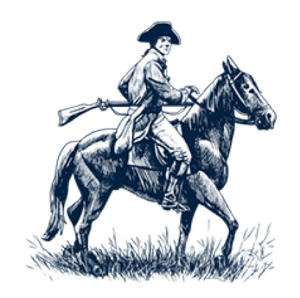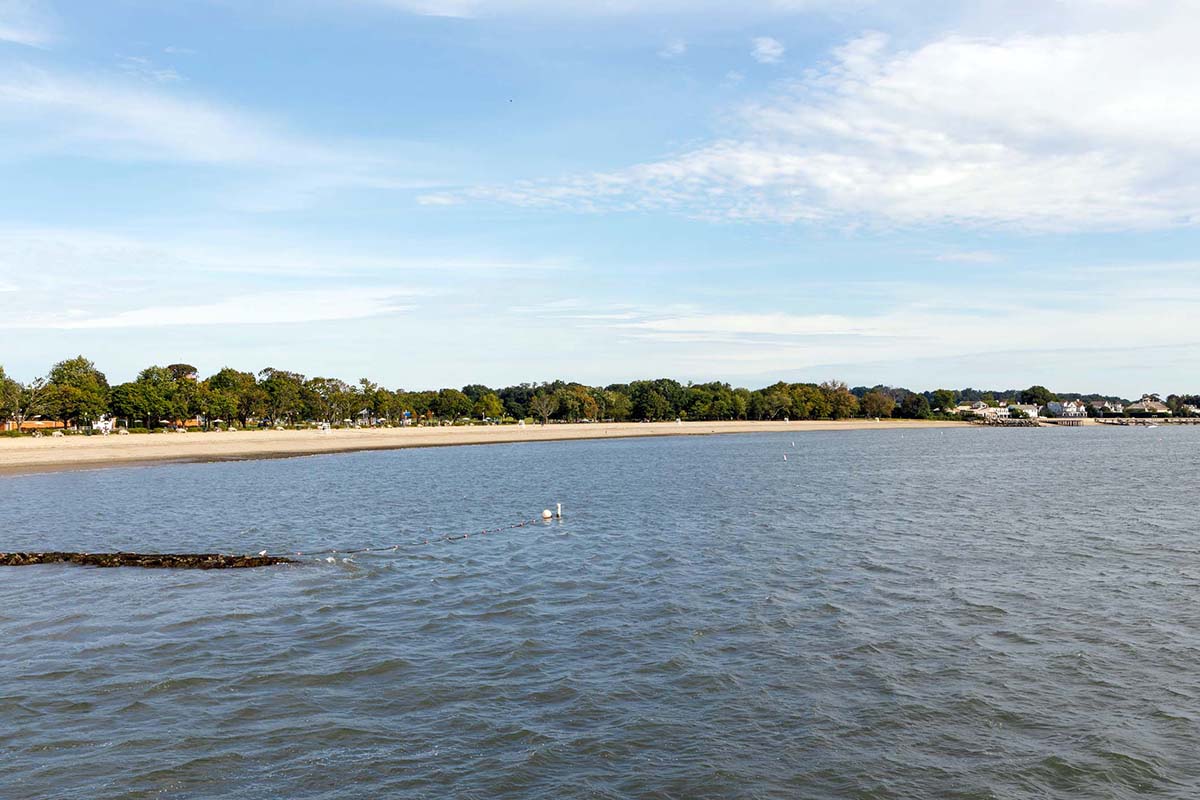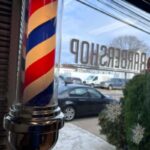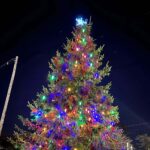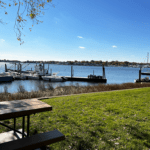Calf Pasture Beach is an historically significant park and beach in East Norwalk, Connecticut.
The area now known as Calf Pasture was used by Connecticut colony settlers in the 17th century as grazing land for — you guessed it — cows. 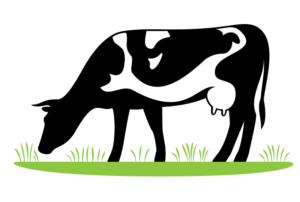
The beach was used for disembarkation and encampment during the Tryon raid of the American Revolutionary War in 1779.
After having conducted retribution raids at New Haven and Fairfield, William Tryon led 2,600 British troops by boat to Norwalk at approximately 5:00 p.m. on July 10, 1779.
They landed near the Round Beach island at the Calf Pasture peninsula where they spent the night.
The next day they set off on the burning of Norwalk that left only 6 houses standing after the raid.
In 1917 the Norwalk City legislature authorized the city to acquire and create a park at Calf Pasture Beach. Property condemnation to acquire the land was started in 1919.
In 1922 the descendants of the Betts, Marvin, and Taylor families, who owned much of the adjoining property, donated their lands to the city.
The park formally opened in 1924 while work on buildings and nearby roads was still underway.
Additional buildings and sidewalks were constructed at Calf Pasture in 1935 with funding provided by the Federal Emergency Relief Administration.
Many of the buildings and sidewalks were washed away during the hurricane of September 1938.
They were then replaced by Works Progress Administration workers.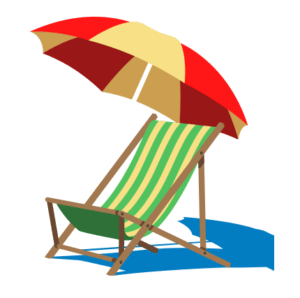
Shady Beach was acquired in the 1960s. All of the park facilities (Calf Pasture Beach, Shady Beach, and Taylor Farm) are still owned and maintained by the City of Norwalk.
Calf Pasture Beach — relaxing and fun at the same time.
SOURCE(S): WIKIPEDIA AND EAST NORWALK LIBRARY
EAST NORWALK HISTORY WALK
We present this series for your reading enjoyment about the history of our community.

